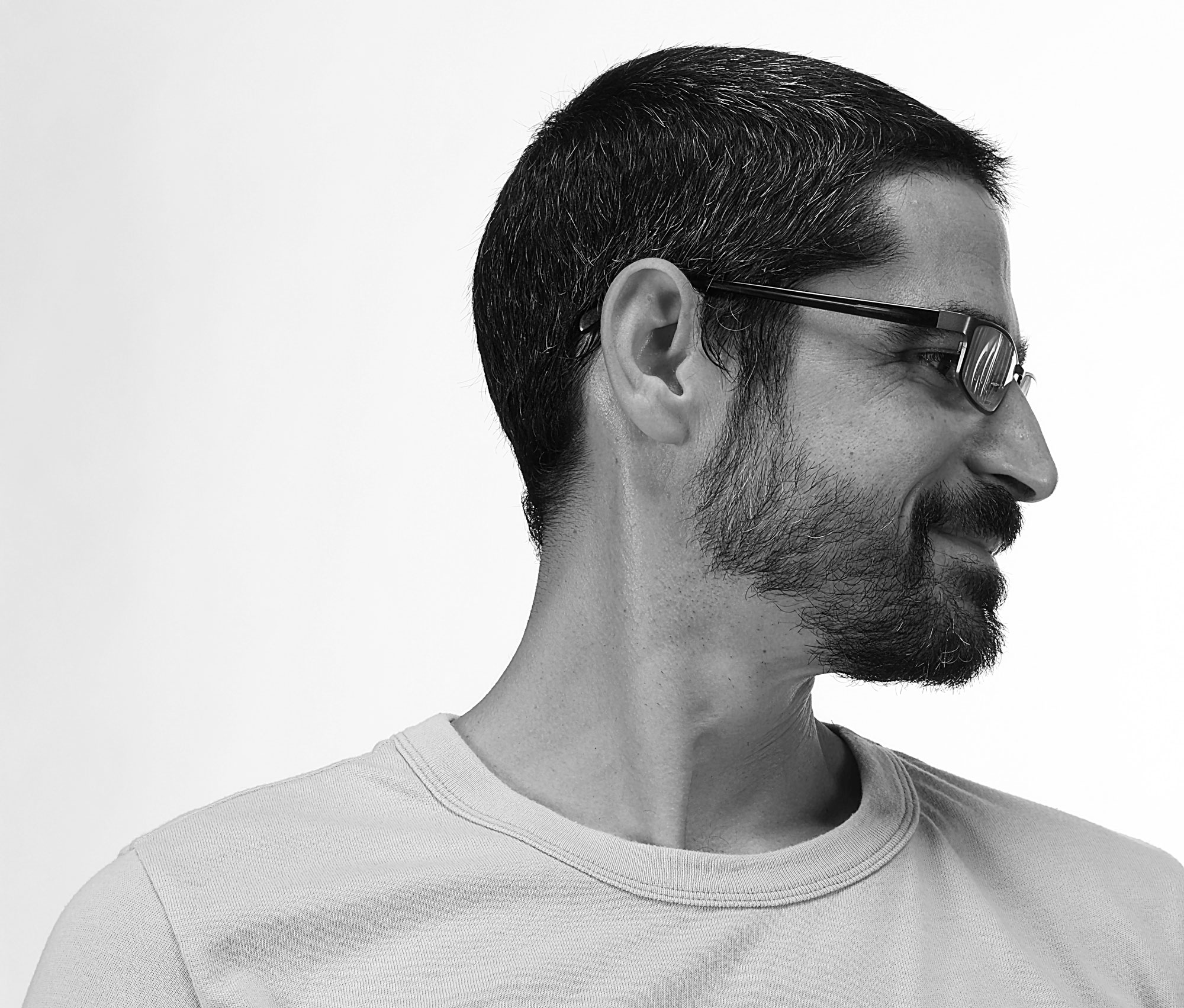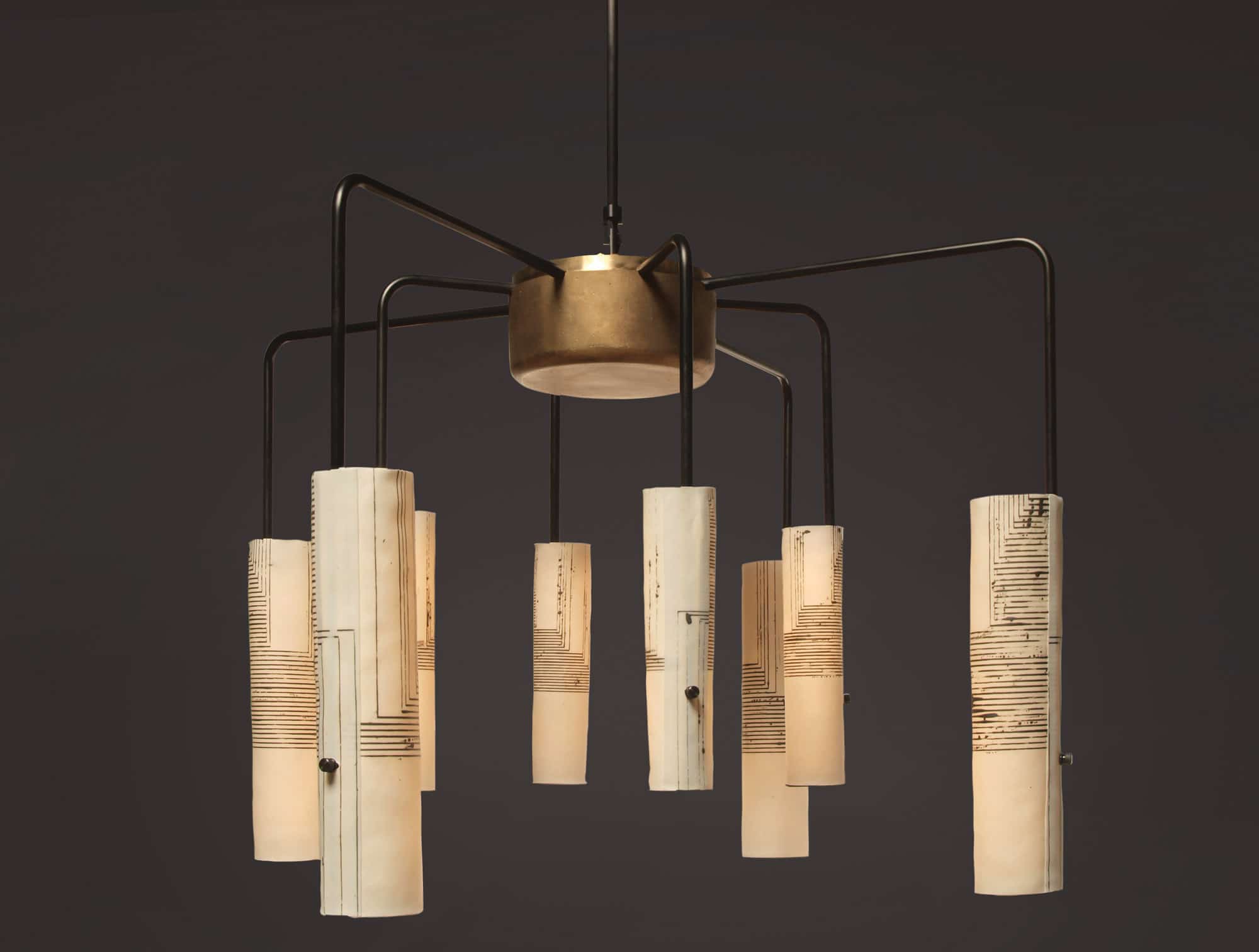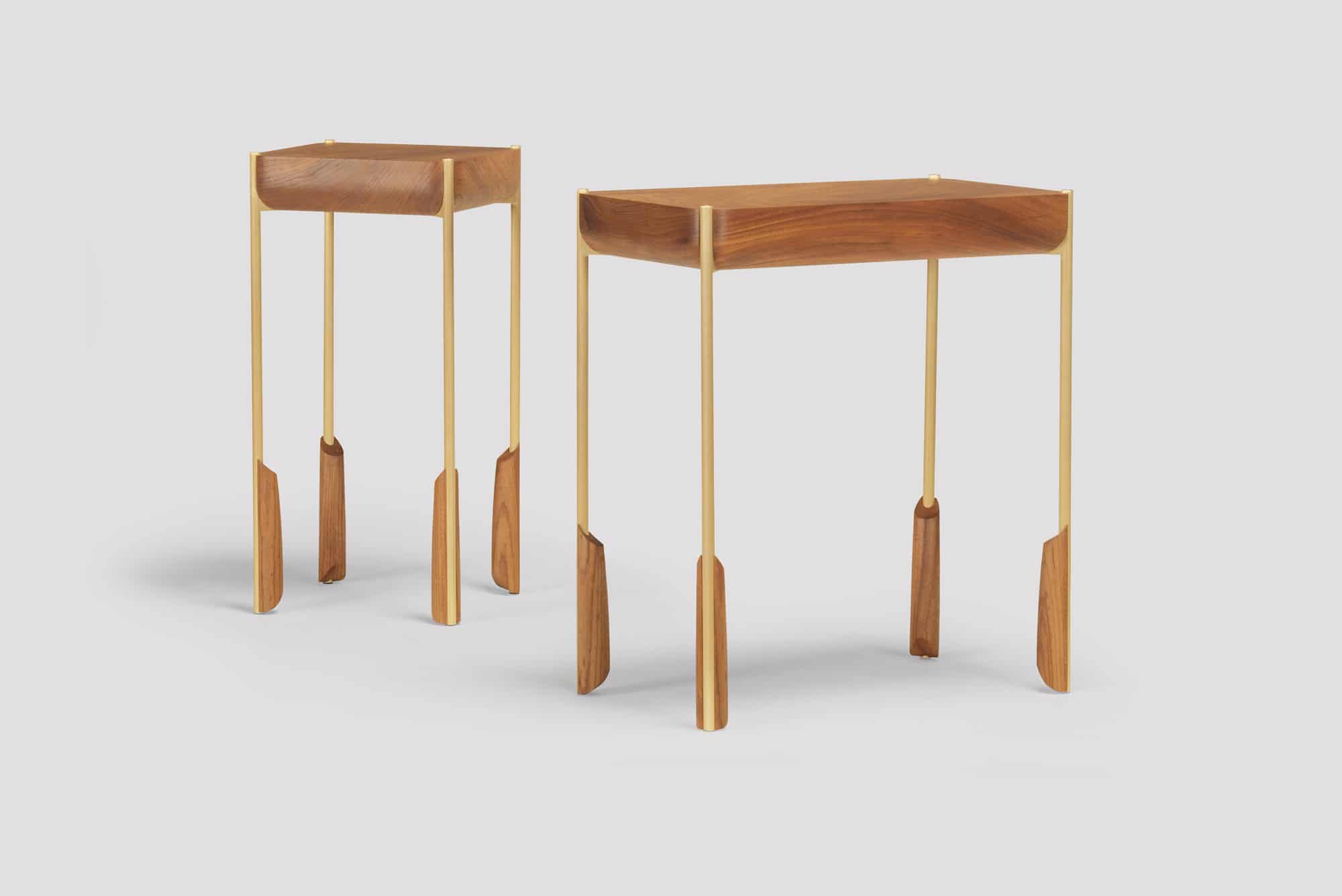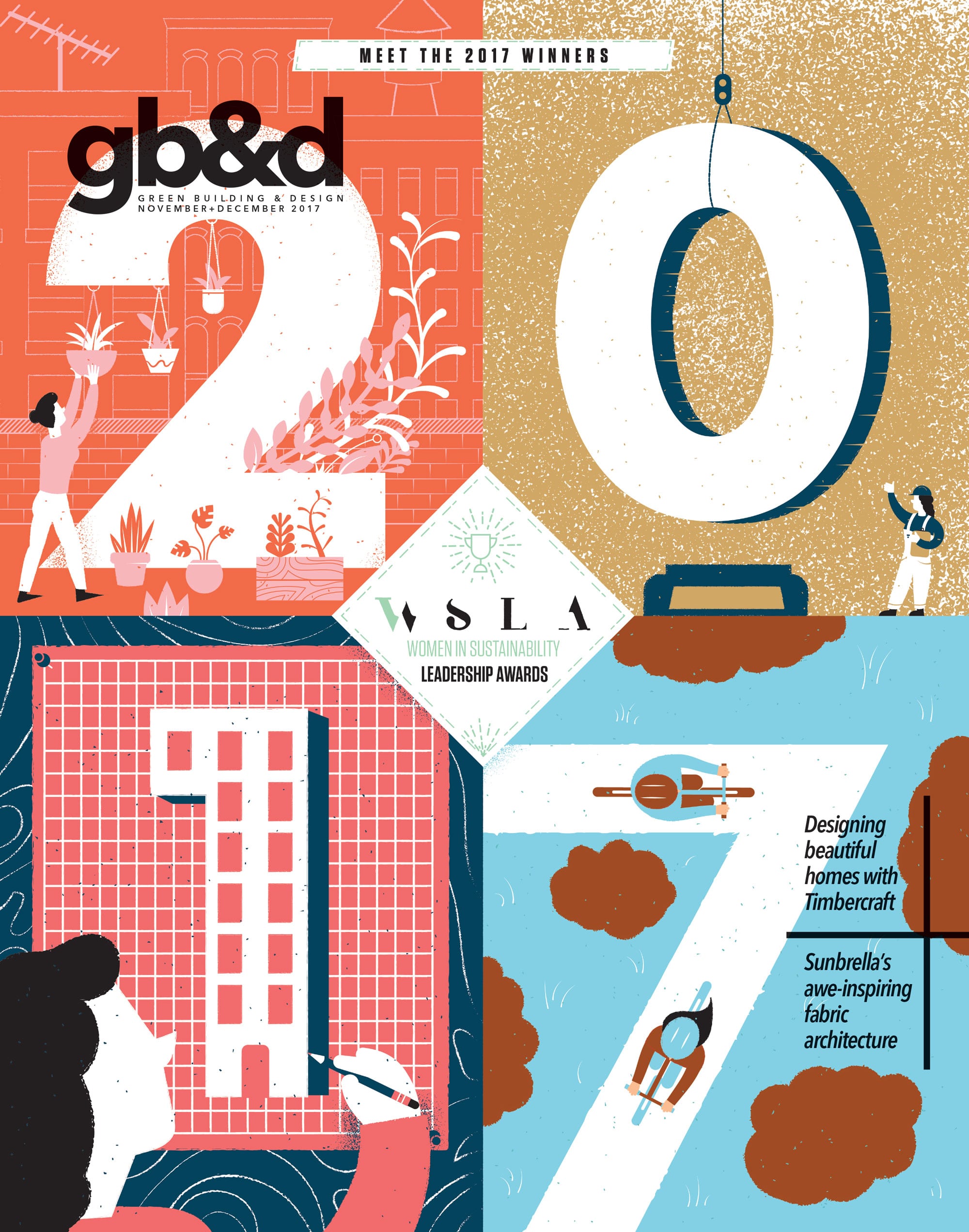This principled, sustainability-driven company thinks so.

[Photo: Courtesy of Skram]
Working from a reclaimed knitting mill in Burlington, North Carolina, furniture designer Jacob Marks and his team are fine-tuning the ergonomics and styling of a new chair design. Marks first scrawled dozens and dozens of tiny details of the piece in his sketchbook. His colleague then carefully rendered and refined the design using a 3D modeling program. And now the piece is in line to be manufactured—and rigorously evaluated—as a prototype over the course of several months.
“There comes a day when everyone sits in it and has their say,” Marks laughs.
As this picture suggests, Marks and the team at Skram Furniture Company aren’t interested in taking shortcuts. Rather, they commit to the process of creating beautiful, modern, and “heirloom quality” furniture—pieces that are designed and built to last as long as the life of the trees from which they’re made.
FROM OUR NOVEMBER+DECEMBER 2017 ISSUE
The preferred publication of leading green professionals.

[Photo: Courtesy of Skram]
The founder’s thoughtful approach to furniture-making is in part inspired by his unlikely background. “People laugh when they hear that I was a history major who doesn’t have any formal design training,” Marks says, “with the implication being that [the two pursuits] don’t relate. But for me, designing and building well involves the same blend of precision and creativity that the craft of writing history required. That overlap enabled me to skip from one to the other with the same fascination and motivation.”
Marks began exploring this fascination in the early 2000s, leaving San Francisco to pursue furniture-making and setting up a small studio in the woods outside Chapel Hill, North Carolina. There, he learned the craft of woodworking by reading books about the trade and submitting his hands to the discipline of repetition.
“There’s a lot of muscle memory involved [in furniture-making],” he says. “And that needed to be developed over time.” To learn to hand-cut a traditional dovetail joint, for example, he would make one sample every day and number it for each of the days of the month, in order to track his progress. The next month, he’d start over. “It was on-the-job training,” he says.
Marks carried on as a solitary craftsman, selling traditionally made minimalist furniture to galleries and private customers, until 2004 when he decided to debut his first furniture line, Wishbone, at the International Contemporary Furniture Fair in New York City. The design industry took note. “That’s when you can mark the transition from a one-man shop in the woods to a company with a legitimate presence in the world of modern design,” he says.

[Photo: Courtesy of Skram]
Over the next five years, Skram took on new employees and responded to new demand, building made-to-order high-end furniture for interior designers and dispatching pieces to design-forward showrooms in major cities. The company moved into a 17,000-square-foot facility in Hillsborough, North Carolina, before settling into the Burlington mill-turned-factory where it operates today.
Yet in all of this, despite the company’s steady rise, Marks has resisted the distraction of growth trajectories and gimmicky product rollouts in the name of quick attention. “In terms of continued growth and success, for us it’s mostly a matter of simply making people aware of what we believe and how we build what we build,” he says. “Spreading the word about how we approach sustainability is a constant.”
Skram’s commitment to sustainable manufacturing shows up at many levels of the company’s operation. Take the rooftop solar array that powers around half of factory activity, or the policy of using formaldehyde-free glues and finishes in its pieces, or the practice of sourcing wood from within a 500-mile radius. Yet while Marks is serious about these practical concerns, his interest in sustainability is also philosophical.
“We try to offer people a chance to confront their attitudes about the objects that surround them,” he says. “To choose things that are more precious, and to embrace the scratches and dings that develop over time or when your kids draw on them … the kinds of things that bring meaning to objects.” In promoting a “buy it once and buy it right” mentality, the designer challenges today’s culture of disposability—the all-too-familiar practice of buying cheap mass-produced pieces destined to become landfill castoffs when they’re ousted by the next big trend or start to break down.

[Photo: Courtesy of Skram]
In fact, when designing, Marks and his team resist trends, envisioning pieces that “fully ignore fashion” in favor of enduring style. Skram’s seating, tables, case goods, lighting, and other furniture essentials embody clean lines, sculptural angles, and bold negative space. The qualities of the materials themselves—the swirling lines of woodgrain, the subtle luster of brass—bring character to pieces in place of put-on ornamentation. (In other words, you won’t find any soon-to-be-dated patterns or curlicues here.) Marks’ team then manufactures the furniture on-site, pairing handcraft with modern machining to incorporate the best qualities of both.
If you were to look in on the factory in another 25 to 30 years, chances are good the team would be following much the same practices—perhaps applied in new ways, yet according to the same principles. That’s because the mission itself is sustainable; it won’t dry up or lose relevance over time. And in the same number of years, the company’s pieces will likely have migrated to the homes and spaces of the next generation—wearing the subtle, meaningful marks of time, of course.
Learn more about Skram Furniture and catch up with more gb&d furniture stories.

